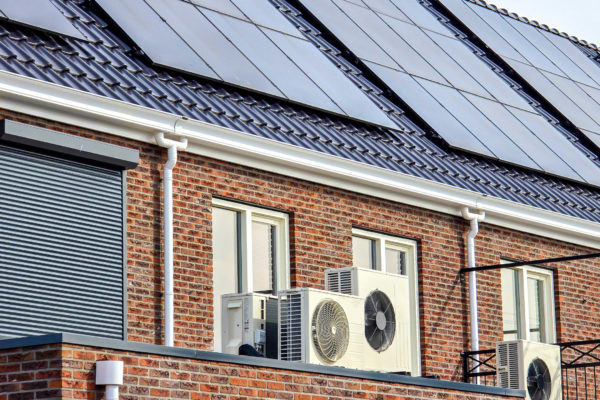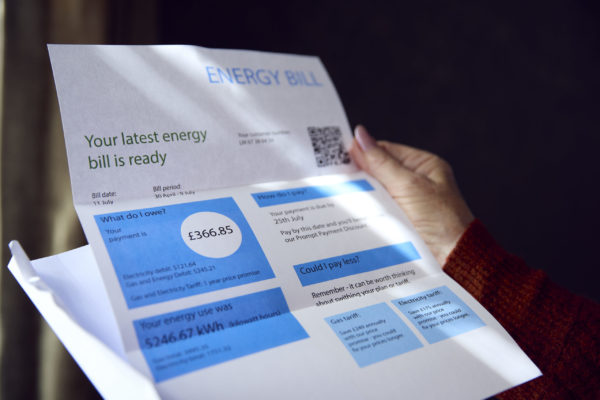Community buildings play a crucial role as spaces for people to come together, support each other and build connections.
New research by the Social Investment Business’s data team shows that over 7,300 community buildings in England do not meet basic energy efficiency standards. The findings expose a ticking timebomb for the social sector, with buildings that are difficult to heat and run.
Download the full research document here.
The research used data from the Non-Domestic EPC register to examine the energy efficiency of community-related buildings across England.
Energy Performance Certificate (EPC) ratings are a measure of how efficiently a building uses energy. As the UK works towards meeting the law set in 2019 to reach Net Zero by 2050, there are likely to be incremental rule changes for EPC ratings.
A ‘C’ rating is commonly suggested as the minimum required for sale or let in proposed legislation of domestic properties by 2035, whilst a minimum of ‘B’ has been suggested for renting non-domestic properties by 2030.
Findings from the research revealed the following:
Over 7,300 community buildings in England do not meet basic energy efficiency standards.
The data found 7,375 community buildings do not meet a basic EPC rating of C, commonly suggested as the minimum required for sale or let.
Just 18 buildings have achieved the top-tier EPC rating of A+, meaning that they are ready for Net Zero. Meanwhile, a staggering 790 buildings languish at the G rating, the lowest band available.
England’s most deprived neighbourhoods have community buildings that are less energy efficient.
3 in 5 community buildings in England’s most deprived areas across the Index of Multiple Deprivation (IMD) do not meet basic levels of energy efficiency. The data showed that in neighbourhoods with higher levels of deprivation, the community buildings are more energy inefficient.
The North of England has fewer energy efficient community buildings than the South.
The data showed that Northern regions of England have the highest proportion of inefficient community buildings, with 60% having an EPC rating of D or less. The North of England also has fewer energy efficient buildings, and more that are very inefficient (EPC rated F and G).
Community Energy Performance Calculator
SIB’s data team has also developed a Community Energy Performance Calculator to help you find and understand the energy performance of community buildings.
The calculator uses publicly available data on the energy performance of non-domestic community buildings in England from the Non-Domestic EPC register and the Index of Multiple Deprivation.
You can search the data by local authority to see the number of community buildings in that area. You will see their Energy Performance Certificate ratings and the relative deprivation of the area.
The VCSE Energy Efficiency Scheme is offering independent energy assessments to help identify energy-saving opportunities in your building
The scheme will also be offering capital grants to implement measures recommended in your assessment. The current round of funding is now open.
Applicant organisations must be a VCSE based in England and delivering frontline services. They must be able to demonstrate that they are financially sustainable, require support around energy and are not suitable for blended finance or loan support through other schemes.
The scheme is funded as part of a package of over £100 million of support being delivered by the Government to help frontline delivery organisations with the increased cost of living.
Find out more here.





